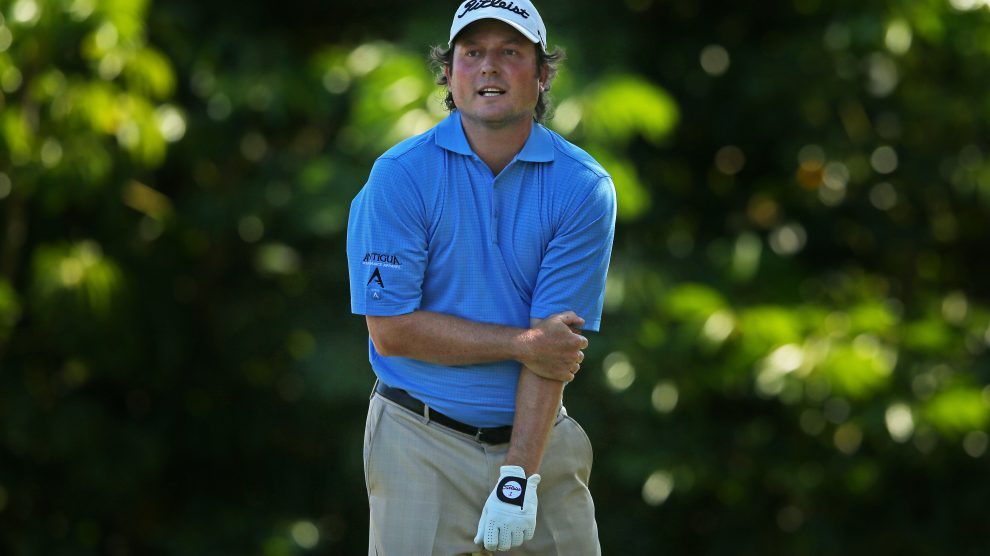The 21st century golf instructor is using all sorts of technology to measure club, ball and golfer movement, typically in three dimensions.
The “little orange box” (also known as Trackman) or other launch monitors are being used to check real-time club and ball movement. Optical (infra-red) cameras or inertial measurement units (IMUs – typically used in airplanes!) are being incorporated to study body movement. Force and pressure plates help the modern golf instructor measure foot-ground interaction patterns.
Despite access to all of this technology, which the leading instructors spend thousands of dollars to acquire, younger and younger golf professionals are getting injured, and there is so little consistency that a golfer might win one week on the PGA Tour and then finish dead last amongst those who do not make the cut, the very next (case in point: Troy Merritt in 2015)! What is the problem?
The problems are many. Firstly, it should be understood that inconsistency and injury are two sides of the same coin, so that a movement which causes inconsistency is also likely, down the road, to cause injury. The reason is that if human joints are placed in positions they are not designed to work efficiently from, they are unable to quickly and effortlessly unbend and un-twist from their top-of-backswing positions in time for impact. Especially given that the downswing lasts a mere 0.25-0.33 seconds, for all golfers!
So, every golf instructor should first have a very clear understanding of what human joints can and cannot do when they recommend swing changes, otherwise inconsistency and injury are likely.
Why is it, you might ask, that modern golf instructors visit many researchers to increase their knowledge and surely know much more than teachers of long ago, yet there are ever-increasing issues among Tour players? The reason is that researchers only research a part of the entire swing – such as the role of the hands in the swing or how forces between the feet and the ground might cause certain swing patterns. The golf swing needs a holistic understanding when an instructor hopes to incorporate a meaningful swing change.
In the absence of advanced knowledge of human morphology, a golf instructor is best off using the tried-and-tested swings of bygone eras which at least were not so injury prone. How come swings of the past, while possibly being as inconsistent, at least did not cause as much injury as those being taught today? Inconsistency comes from too much, usually unnecessary, movement. The human brain is capable of controlling extremely complex movements, but under conditions of anxiety or fatigue, its ability to control complex motion changes. This is the reason why the “modern” golf swing (as opposed to the older “classic” swing) has been made so compact. It cuts out movement in order to try for better consistency, so that the brain would have less sequence-dependent movement to manage.
However, within a more compact movement, the design of each specific joint has not been considered, which is why injury becomes more likely, as loads on joints within a more confined space increase. Added to their more compact, high-load, modern swings is the fact that golf professionals these days are bulking up muscle in an attempt to become more “fit." While human muscle, with exercise and nutrition, is capable of both hypertrophy (an increase in size) and strength gains, the ligaments and cartilage, with limited to no blood supply, cannot have comparative gains and remain the weak points. It is here that injury can easily occur, as these structures do not do well in repetitively-placed high-load situations.
So, what should modern professional players do to increase consistency while reducing the likelihood of injury? Position the body to have the minimal required movement in order to have better consistency. Such positions should also permit the unbending and untwisting of body parts with the least effort, which would place the least possible injury-causing loads on key injury-prone joints.

